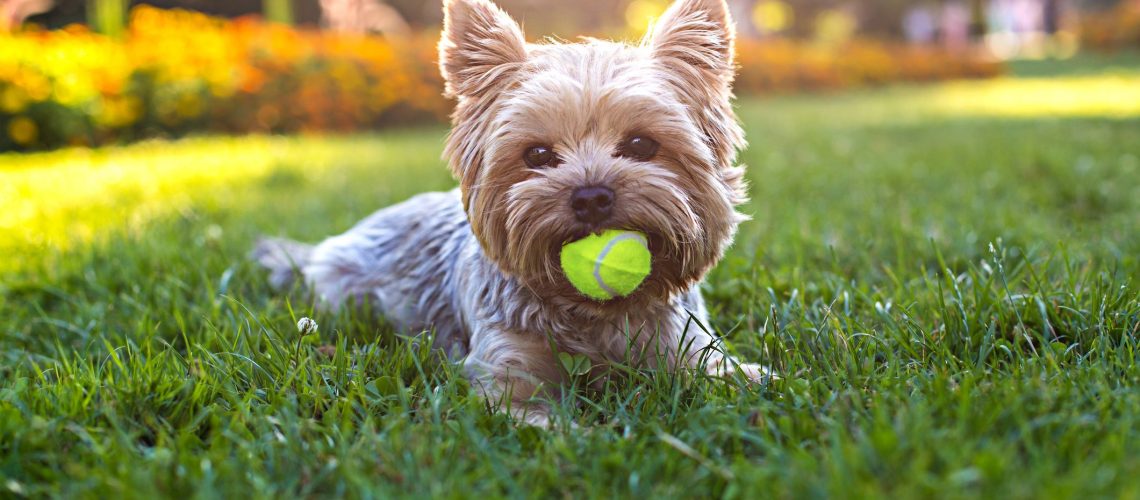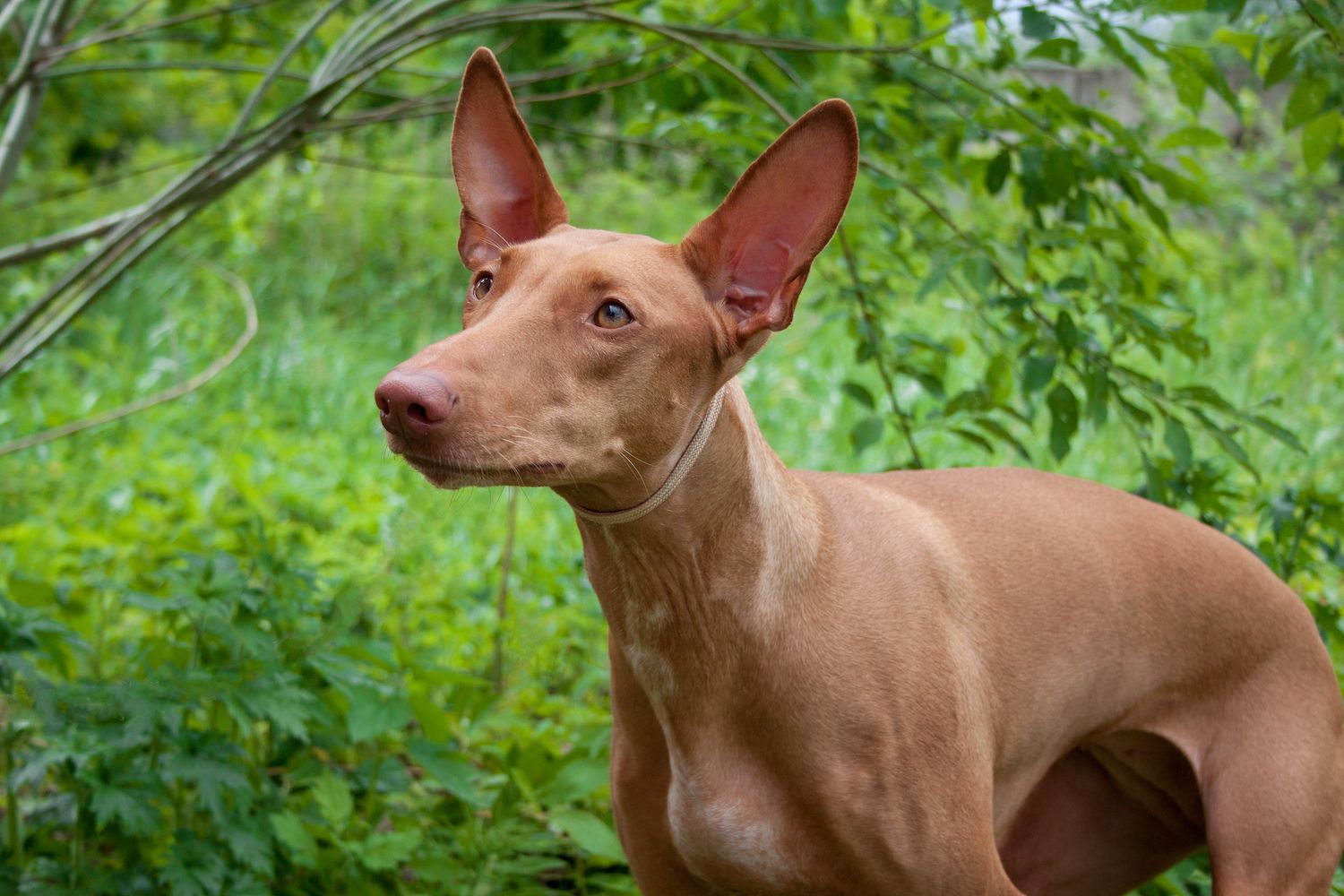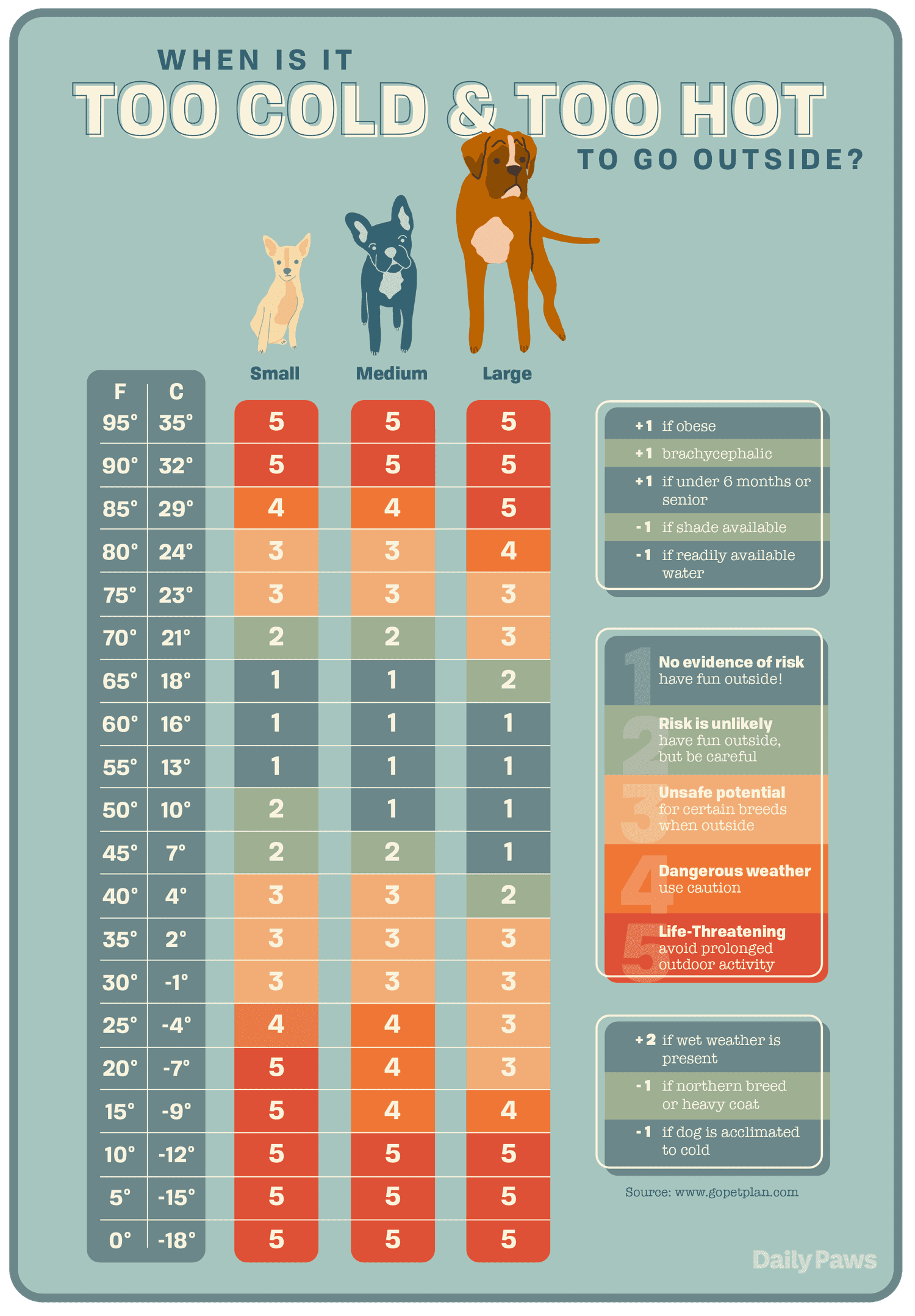Key Takeaways:
- Some dog breeds are better suited for hot weather conditions than others.
- Breeds such as the Chihuahua and Dalmatian have short coats that help them stay cool in hot temperatures.
- Dogs with longer snouts, like the Greyhound and Afghan Hound, are more efficient at cooling down through panting.
- Breeds like the Basenji and Pharaoh Hound have a higher tolerance for heat due to their African origins.
- It is important to provide shade, fresh water, and limit exercise during the hottest parts of the day for all dog breeds in hot weather.
Are you a dog lover who lives in a hot climate? Or maybe you're considering getting a furry companion but worry about how they'll cope with the scorching temperatures. Well, you're in luck! In this article, we'll explore 15 dog breeds that not only survive but thrive in hot weather. By understanding which breeds are better suited for warmer climates, you can ensure your four-legged friend stays comfortable and healthy all year round. So, get ready to discover some fascinating facts about these heat-loving canines and find the perfect breed that will make your hot days even brighter.
Dog Breeds That Can Handle Hot Weather
When it comes to hot weather, not all dog breeds are created equal. Some dog breeds are better equipped to handle the heat than others. These breeds have certain characteristics that allow them to thrive in hot climates. One such breed is the Basenji. This small African breed has a short coat and a unique ability to sweat through their paws, which helps them cool down in hot temperatures. Another breed that can handle the heat is the Chihuahua. Despite their small size, Chihuahuas have a high tolerance for heat due to their thin coat and naturally warm body temperature.
Other dog breeds that can handle hot weather include the Greyhound, which has a sleek and thin coat that helps with heat dissipation, and the Australian Cattle Dog, which has a double coat that provides insulation against both cold and hot weather. These breeds are well-suited for warmer climates and can comfortably navigate through hot summer days.
Breeds That Thrive in Hot Weather
Some dog breeds not only tolerate but actually thrive in hot weather conditions. One such breed is the Dalmatian. Originally bred as carriage dogs, Dalmatians have adapted to warm climates with their short coat and muscular build, making them excellent companions for outdoor activities even on scorching days.
The Rhodesian Ridgeback is another breed known for its ability to handle hot weather. Originating from Africa, this athletic and energetic breed has a short coat and strong endurance, allowing them to excel in warm environments.
List of Dog Breeds That Can Handle Hot Weather:
- Basenji
- Chihuahua
- Greyhound
- Australian Cattle Dog
- Dalmatian
- Rhodesian Ridgeback
How Many Dog Breeds Thrive in Hot Weather?
While there are several dog breeds that can handle hot weather, it's important to note that not all breeds thrive in these conditions. The majority of dog breeds have been bred for various purposes and may have different coat types and body structures that make them more suitable for colder climates.
Out of the hundreds of recognized dog breeds, only a small percentage can truly thrive in hot weather. These breeds have evolved over time to adapt to warmer climates and possess specific traits that allow them to regulate their body temperature effectively.
The Importance of Heat Tolerance in Certain Dog Breeds
Heat tolerance is a crucial factor to consider when choosing a dog breed, especially if you live in an area with consistently high temperatures. Dogs that are not well-suited for hot weather can suffer from heat exhaustion or heatstroke, which can be life-threatening.
By selecting a dog breed with natural heat tolerance, you are ensuring the well-being and comfort of your furry friend. These breeds will be better equipped to handle the heat and enjoy outdoor activities without putting their health at risk.
A Mexican Dog Breed That Can Handle Hot Temperatures
The Xoloitzcuintli, also known as the Mexican Hairless Dog or Xolo, is a unique breed originating from Mexico. This ancient breed has been around for thousands of years and is well-adapted to hot temperatures.
The Xolo comes in three sizes: toy, miniature, and standard. Regardless of size, they have a thin coat or no hair at all, which helps them stay cool in hot weather. Additionally, their body structure allows for efficient heat dissipation, making them comfortable in warm climates.
Characteristics of Dogs That Thrive in Hot Climates
Dogs that thrive in hot climates share certain characteristics that enable them to cope with high temperatures. These characteristics include:
- Short coats or hairless bodies: Breeds with shorter coats or no hair at all have an easier time staying cool as there is less insulation trapping heat.
- Efficient cooling mechanisms: Some breeds have unique cooling mechanisms such as sweating through their paws or panting heavily to regulate their body temperature.
- Adequate hydration: Dogs that do well in hot weather are more likely to drink enough water to stay hydrated and prevent overheating.
How a Dog's Coat Helps Them Adapt to Heat
A dog's coat plays a crucial role in helping them adapt to heat. Different coat types provide varying levels of insulation and protection against the sun's rays. In hot weather, dogs with shorter coats are at an advantage as they can dissipate heat more efficiently.
Breeds with double coats, which consist of a dense undercoat and a longer outer coat, may struggle more in hot weather. The undercoat acts as insulation and can trap heat close to the body, making it harder for the dog to cool down.
The Role of Fur Color
The color of a dog's fur can also impact its ability to handle hot weather. Light-colored fur reflects sunlight, helping to keep the dog cooler. On the other hand, dark-colored fur absorbs more heat from the sun, making it harder for the dog to stay cool.
Tips for Keeping Heat-Tolerant Dogs Comfortable in Summer
Even though heat-tolerant dogs are better equipped to handle hot weather, it's still important to take precautions and ensure their comfort during the summer months. Here are some tips:
- Provide access to shade: Make sure your dog has a shady spot where they can retreat from the sun when needed.
- Keep them hydrated: Always have fresh water available for your dog to drink and encourage them to stay hydrated.
- Avoid excessive exercise during peak heat: Limit intense physical activity during the hottest parts of the day to prevent overheating.
- Protect their paws: Hot pavement or sand can burn a dog's paw pads. Consider using booties or walking them on grassy areas instead.
- Never leave them in a parked car: Even with windows cracked, temperatures inside a car can rise dangerously high within minutes, posing a severe risk of heatstroke.
How a Dog's Coat Helps Them Adapt to Heat
Dogs have a remarkable ability to adapt to different weather conditions, including heat. One way they do this is through their coat. A dog's coat acts as insulation, helping them regulate their body temperature. In hot weather, dogs with double coats, like Siberian Huskies or Alaskan Malamutes, have an advantage. Their thick undercoat provides insulation against the heat and helps keep them cool. The outer layer of their coat also acts as a barrier, protecting their skin from the sun's harmful rays.
Another way a dog's coat helps them adapt to heat is through its color. Light-colored coats reflect sunlight, reducing the amount of heat absorbed by their bodies. Breeds with white or light-colored coats, such as Samoyeds or Bichon Frises, are better equipped to handle hot weather compared to breeds with dark-colored coats.
The Role of Fur Density in Heat Adaptation
Fur density plays a crucial role in how well a dog can adapt to heat. Dogs with dense fur have more insulation and may struggle more in hot weather compared to dogs with less dense fur. Breeds like Pomeranians or Chow Chows have thick fur that can make it challenging for them to cool down efficiently in high temperatures.
The Importance of Regular Grooming
Grooming is essential for helping dogs manage the heat effectively. Regular brushing removes loose fur and prevents matting, allowing air to circulate through their coat and keeping them cooler. Trimming long-haired breeds during summer months can also help reduce overheating.
Tips for Keeping Heat-Tolerant Dogs Comfortable in Summer
While some dogs are naturally more tolerant of heat than others, it's still important to take precautions to keep them comfortable during the summer months. Here are some tips:
Provide Ample Shade and Fresh Water
Make sure your dog has access to shade throughout the day, especially during the hottest hours. Set up a shaded area in your yard or use a canopy or umbrella. Additionally, always ensure your dog has plenty of fresh water available to drink.
Avoid Exercising During Peak Heat
Avoid exercising your dog during the hottest parts of the day, typically between 10 am and 4 pm. Instead, schedule walks or playtime for early mornings or evenings when temperatures are cooler.
Use Cooling Mats or Bandanas
Cooling mats or bandanas can help keep your dog cool on hot days. These products are designed to absorb and dissipate heat, providing relief for your furry friend.
Never Leave Your Dog in a Parked Car
Leaving a dog in a parked car, even with the windows cracked open, can be extremely dangerous and potentially fatal. The temperature inside a car can rise rapidly, leading to heatstroke or death. Always leave your dog at home if you need to run errands.
By following these tips and understanding how a dog's coat helps them adapt to heat, you can ensure that your furry companion stays comfortable and safe during the summer months.
In conclusion, there are several dog breeds that do well in hot weather. These breeds have adapted to warmer climates and can handle the heat better than others, making them great companions for those living in hot regions.
What dog breeds don't do well in heat?
Dogs that have thick, double coats or breeds with short noses, such as Bulldogs or Pugs, are at a higher risk of overheating because they are unable to effectively cool themselves off by panting.
What dogs do well in humidity?
If you live in a warm climate like Florida, it's important to choose a dog breed that can tolerate heat and humidity. Some suitable breeds include the American Water Spaniel, Afghan Hound, and Chihuahua.
What is the best dog to own in Florida?
Labradors are extremely friendly and energetic, which is why they are the most popular choice in Florida. Their versatility allows them to be great family pets or playful companions, which is why they have remained so popular over time.
How well do dogs handle heat?
Pets can experience significant discomfort in hot summer weather. The question of how hot is too hot for pets varies depending on the specific animal and its breed. In general, as long as pets have access to ample water, good air circulation, and shade, they can tolerate temperatures up to 90 degrees.
Where do dogs lose the most heat?
Dogs have only a few sweat glands, located mainly on their paw pads, which are not significant in terms of cooling them down. Instead, dogs primarily lose heat through their skin via conduction, such as coming into contact with a cold surface, and convection, which involves the transfer of heat energy from hotter to cooler molecules.
Can dogs be out in 100 weather?
Given that a dog's normal body temperature ranges between 100 and 103 degrees, it becomes clear that temperatures exceeding 100 degrees can rapidly lead to complications for your dog, even if it is simply sitting outside under the sun.
















